St. Cosmas and St. Damian, 26 September
Martyrs
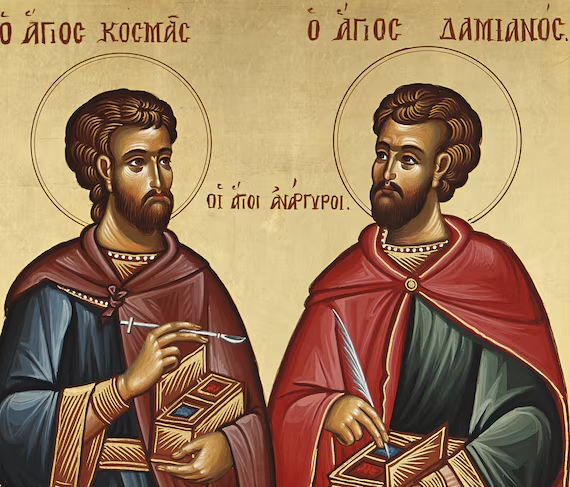
Caring for the sick was the central motivation of their lives, which took place in the third century, during the time of persecution against Christians. They healed the sick without being paid, and for this reason, they were nicknamed “anàrgiri”, a Greek word meaning “without money”. Their reputation as courageous men, and distinguished benefactors, spread rapidly throughout the region. The activity of these Saints was not limited only to healing the body. In the exercise of their profession, they also tended to the good of souls by example and by word. They succeeded in converting many pagans to Christianity. The episode of the healing of a hemorrhagic woman called Palladia is famous. Out of gratitude, she offered three eggs to these brothers. After her clear refusal, she implored Damian to accept this small gift in the name of Christ. Damian, so as not to offend the woman, received the eggs. But this provokes the wrath of Cosimo, who publicly asks, after his death, not to be buried next to his brother.
The Martyrdom
Their torment is recounted in the Golden Legend, according to which the two brothers are first thrown into the fire, from which they emerge unharmed. Then they are condemned to stoning, but the stones turn back. Subsequently, the arrows launched by the archers wound the executioners. Finally, they are beheaded.
May they not be separated…
In the painting of Blessed Angelico, the representation of the burial of the two Saints is based on what is told in the Golden Legend. According to this story, the dromedary that was carrying the remains of Saint Damian suddenly begins to speak with a human voice and pronounces these words: “Nolite eos separadore a sepoltura, quia non sunt separati merito” (May they not be separated in the grave because they are not different in merit). The Church remembers Saints Cosmas and Damian on September 26. Their cult has spread to Italy from the East, especially in Rome and the Puglia region.
Related
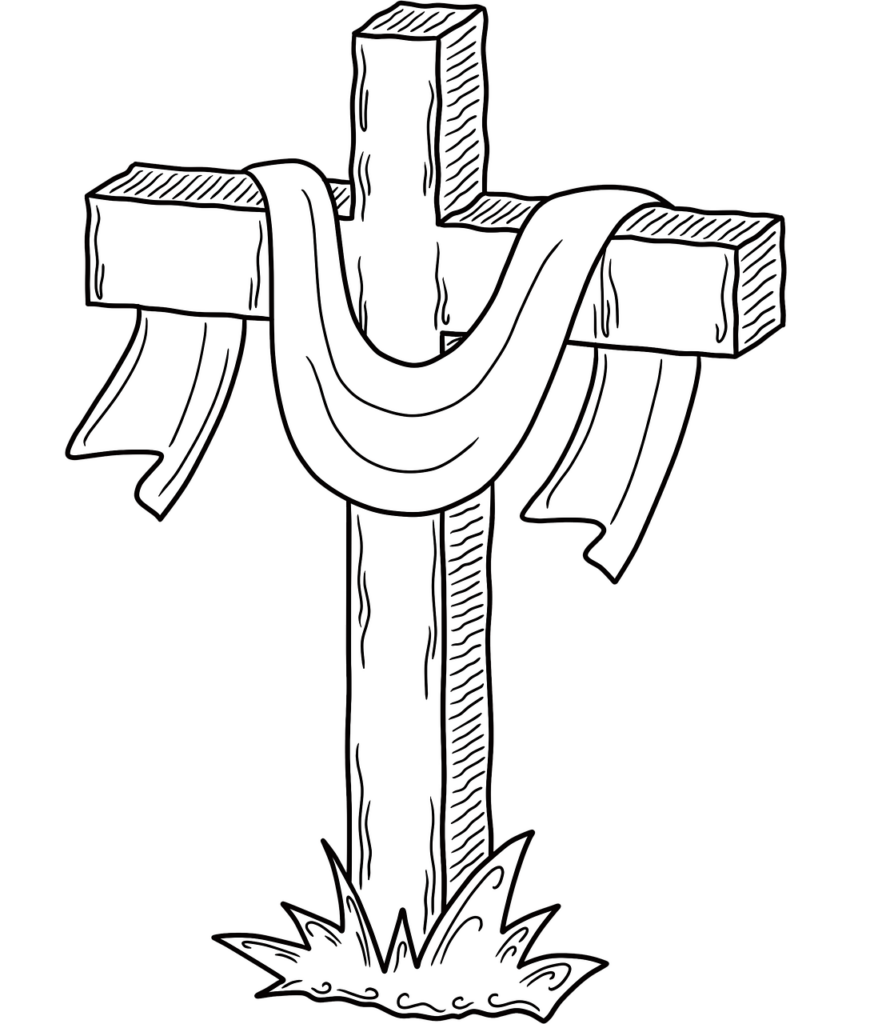
Reflection by Bishop Enrique Díaz: Alleluia, alleluia
Enrique Díaz
20 April, 2025
5 min
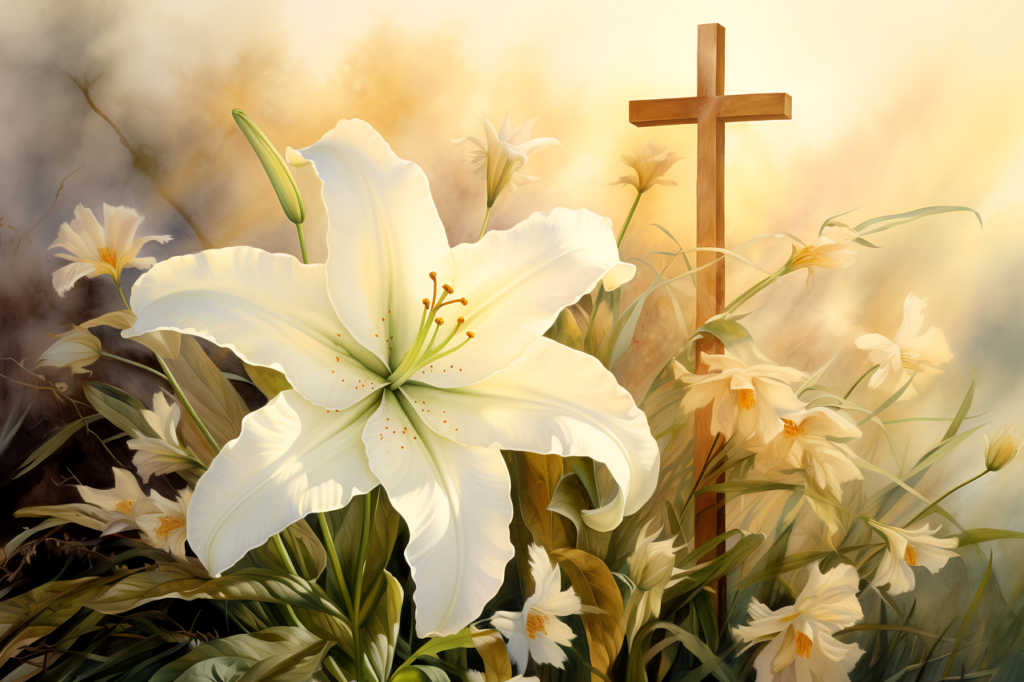
Christ is Risen! Alleluia! Commentary by Fr. Jorge Miró
Jorge Miró
20 April, 2025
3 min
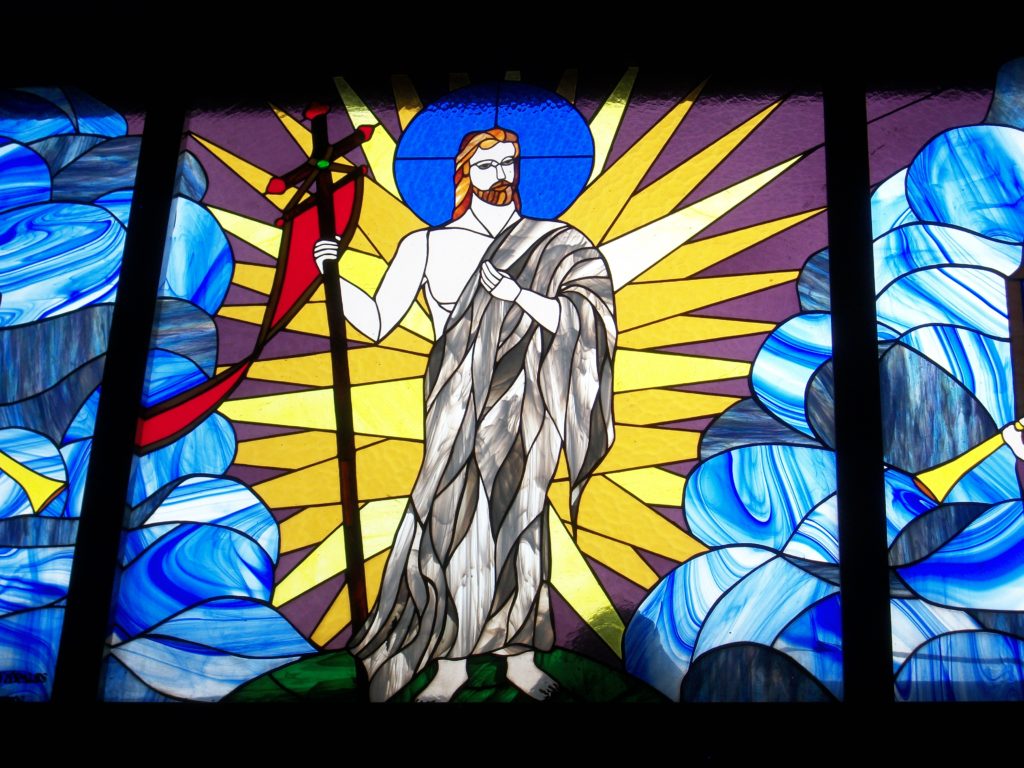
Easter: Mystery of Freedom
Carlos J. Gallardo
20 April, 2025
5 min
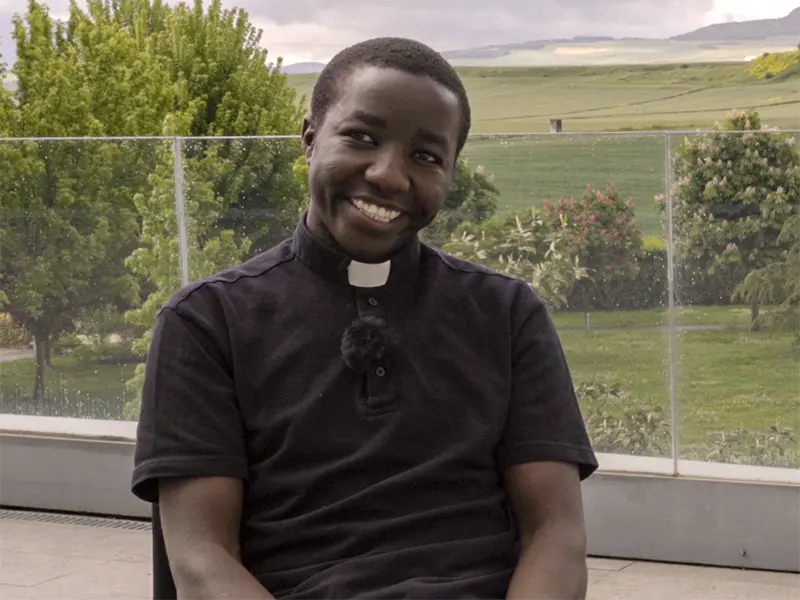
“Being Catholic in Tanzania is a source of pride”
Fundación CARF
16 April, 2025
6 min
 (EN)
(EN)
 (ES)
(ES)
 (IT)
(IT)

